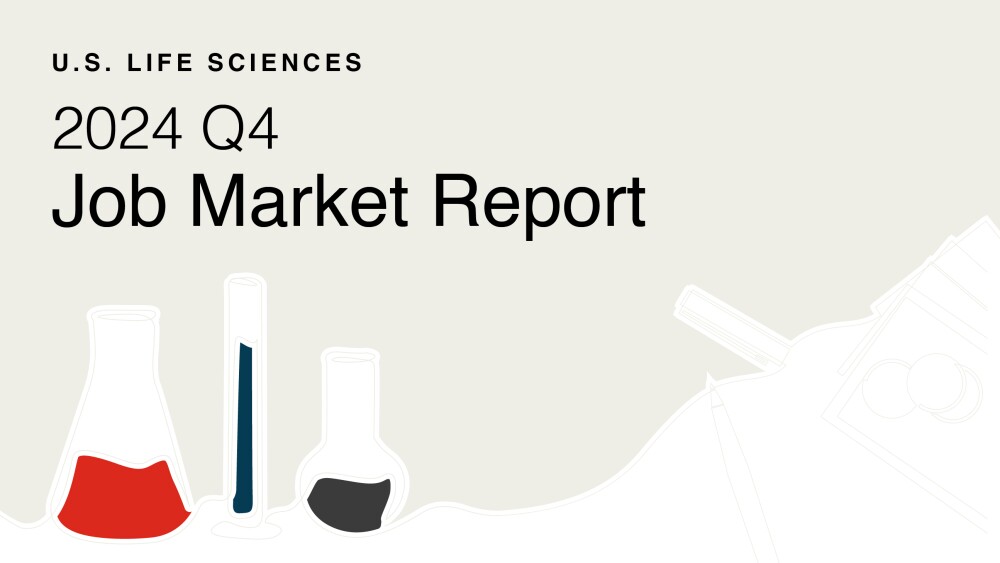News
Had Pfizer’s Freda Lewis-Hall not stepped in, SpringWorks’ rare disease treatment may never have reached patients. Pharmas can act now to help find the next Gomekli.
FEATURED STORIES
Therapies from industry leaders BioMarin and Ascendis Pharma supply a key hormone that promotes bone growth. In order to move the field forward, challengers are looking to address the underlying cause of the rare, genetic disease.
New analysis from Jefferies shows that rare disease and cancer drugs granted the status are especially likely to be approved.
Takeda wanted to create something new in the cell therapy world by combining the technology with T cell engagers. A series of acquisitions in 2021 started the process.
Job Trends
The latest Repare Therapeutics layoffs will include its chief medical officer and could leave the biotech with fewer than 35 employees as it works to advance two Phase I clinical programs.
FROM OUR EDITORS
Read our takes on the biggest stories happening in the industry.
The group of like-named companies that include Novo Holdings and Novo Nordisk—the two tied to a multibillion-dollar buyout of Catalent currently under FTC review—ultimately send proceeds to the Novo Nordisk Foundation, one of the world’s largest charitable foundations.
THE LATEST
Vas Narasimhan confirmed that Novartis is having weekly discussions with the Trump administration on drug pricing, but a deal has not yet been reached.
Phase I/II data for rese-cel point to its therapeutic potential in systemic lupus erythematosus and lupus nephritis, as well as other autoimmune conditions.
BioMarin no longer expects to hit its $4 billion revenue target by 2027, citing various market factors such as impending competition for achondroplasia therapy Voxzogo and the divestment of the gene therapy Roctavian.
Phase III data for dapirolizumab pegol presented at the 2025 conference of the American College of Rheumatology showed quality-of-life benefits in systemic lupus erythematosus that could see Biogen go head-to-head with GSK and AstraZeneca in a blockbuster space.
The coming flu season is the clearest indication yet that biopharma’s long-standing assumptions about predictability, prevention and portfolio structure are no longer guaranteed.
Executives from Eli Lilly, Merck and other companies foresee the FDA’s new onshoring proposal being anything from a bureaucratic waste of time to a transformative program that will eliminate inspection-related complete response letters.
New interim data from a Phase III trial puts the company on track to file for FDA approval next year in an indication that not only lacks a disease-modifying treatment but suffered significant setbacks after a patient died in a clinical trial for Sarepta’s investigational gene therapy.
In this deep dive, BioSpace investigates China’s rise as a biotech powerhouse.
Intellia earlier this year reported a similar grade 4 liver enzyme elevation associated with the gene therapy nexiguran ziclumeran, though analysts at BMO Capital Markets at the time brushed it off as a “non-concern.”
The takeover of its competitor, announced Sunday, could also bring some attention to Dyne Therapeutics, which has a similar RNA-based pipeline in rare muscle diseases.






















